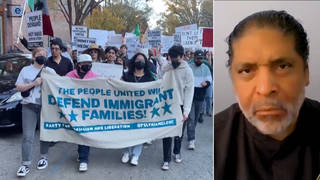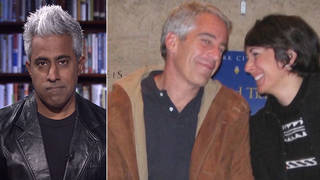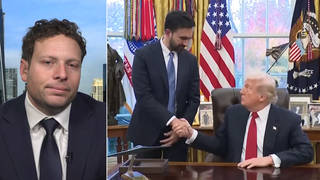
We’ve just heard about law enforcement surveillance of public places. But talk to any building security guard, andthey’ll tell you that surveillance in the workplace far surpasses surveillance of the streets. While management saysthat video cameras ensure security, they are overwhelmingly used to monitor the worker’s every move, and sometimesresult in suspensions and firings. And the surveillance is often used as a tool in politically charged situations,such as intimidating and inhibiting workers from union organizing.
Here are just a few examples:
*Workers at the Starbucks roasting plant in Kent, Washington organized a union in October 1999. Citing safetyconcerns, the company installed cameras all over the plant. But after cameras were installed in the lunchroom,workers began to suspect that the company was more concerned with spying than with safety.
*On August 31, 1999, AK Steel locked out the United Steelworkers of America (USWA) from the Mansfield, Ohio plantafter contract negotiations failed. The company built a chain-link fence topped with barbed wire, brought in some200 security guards and 200 replacement workers, and installed a video surveillance system.
A few weeks ago, the Steelworkers filed an unfair labor practice charge against the company. The workers say that AKSteel is using the surveillance system not just for security purposes, but to videotape workers who are lawfullydistributing literature.
Guests:
- Renee Jankowitz, with the International Union of Operating Engineers, which organizes Starbucks workers
- Bill Collins, staff representative with the United Steelworkers of America.
Related links:











Media Options